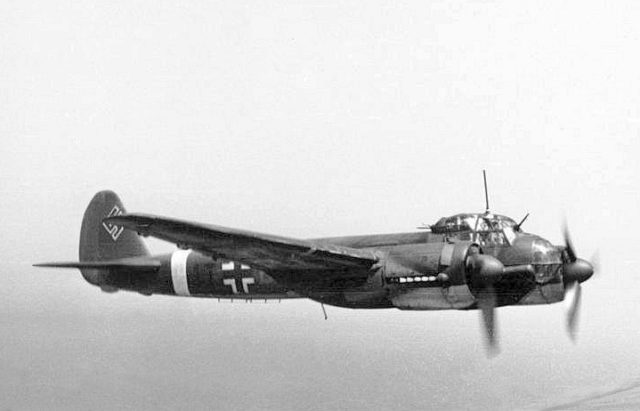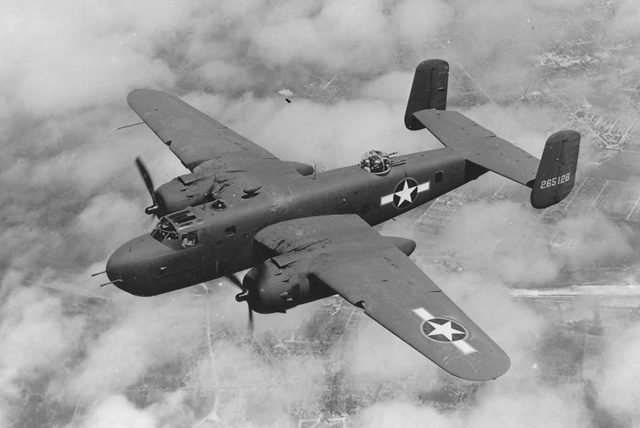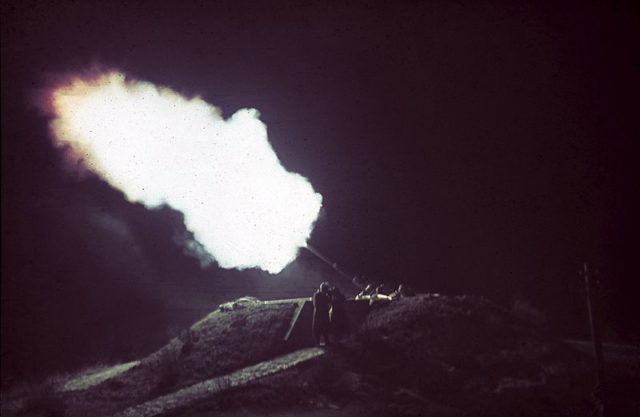In 1943, Stalin received allied approval at the Teheran conference for the bombing of Helsinki, Stalin then went back to his generals, and they began to plan for this air raid in December of 1943.
Helsinki, Finland, was bombed numerous times during the Second World War. The three largest raids were in February of 1944, which have since been named The Great Raids against Helsinki.

The bombings were mostly done by long-range bombers and the reconnaissance group of the Soviet Air Force. During the raids in February of 1944, the ADD was reinforced with a few other units. Marshal Aleksandr Golovanov was the commanding officer of the ADD.
The main aircraft were the Lisunov Li-2, North American B-25 Mitchell, Douglas A-20 bombers and Ilyushin-4.
The A-20s and B-25s were given to the Soviets by the United States while the Lisunov Li-2 was the Soviet’s version of the American Douglas DC-3. They also used the huge four-engined bombers like the Petlyakov Pe-8.

The great raids of February 1944
The aim of these raids was to break the Finnish force and fighting spirit so they would come to the peace talks.
These raids were on the 6th, 16th, and 26th of February.
Stalin got support from both the American and British forces at the Teheran conference in 1943. Stalin hoped that they could force Finland to break ties with Germany and go into peace talks with the allies. The Finnish air defense forces counted as many as 2,121 bombers in the raids, which dropped over 16,000 bombs.
The Finnish defense forces fired over 34,000 shots, 21,200 were fired from heavy AA guns and 12,900 were from light AA guns.
The Finns actually tricked the Soviets by lighting fires on the islands outside of the city and only used their searchlights east of the city, by doing this they led the pathfinders to what they thought was the city. Only 530 bombs hit the actual city, the majority of the Helsinki population had already left already, and the casualties were very low compared to other cities bombed.

In 1934 the City decreed that all high-rise buildings must have air raid shelters built under them.Each one also had a civil protection supervisor that was not in the armed forces or reserves, and was usually unfit for military services. This person was in charge of getting everyone to the shelter in an orderly fashion.
There were a few large shelters that were built into solid rock, but the entire population could not fit in these. Some of the hospitals also had shelters built under them where they would relocate the patients during the air raids. Children’s hospitals were actually moved outside the city, and they even had one hospital that was built completely underground.
The Finns got their revenge, however; they took to the skies and began to bomb the ADD airfields near Leningrad. The Junkers Ju 88s, Dornier Do 17s, and Bristol Blenheims joined formations of Soviet bombers that were returning to their bases.
As the bombers reached their base and were landing, the Finish bombers released their own bombs and annihilated the Soviet aircraft. They then escaped into the night during all the confusion.
The first major air raid by the Finnish occurred on March 9, 1944, and lasted until May 1944. The Soviet casualties could never be estimated properly.
